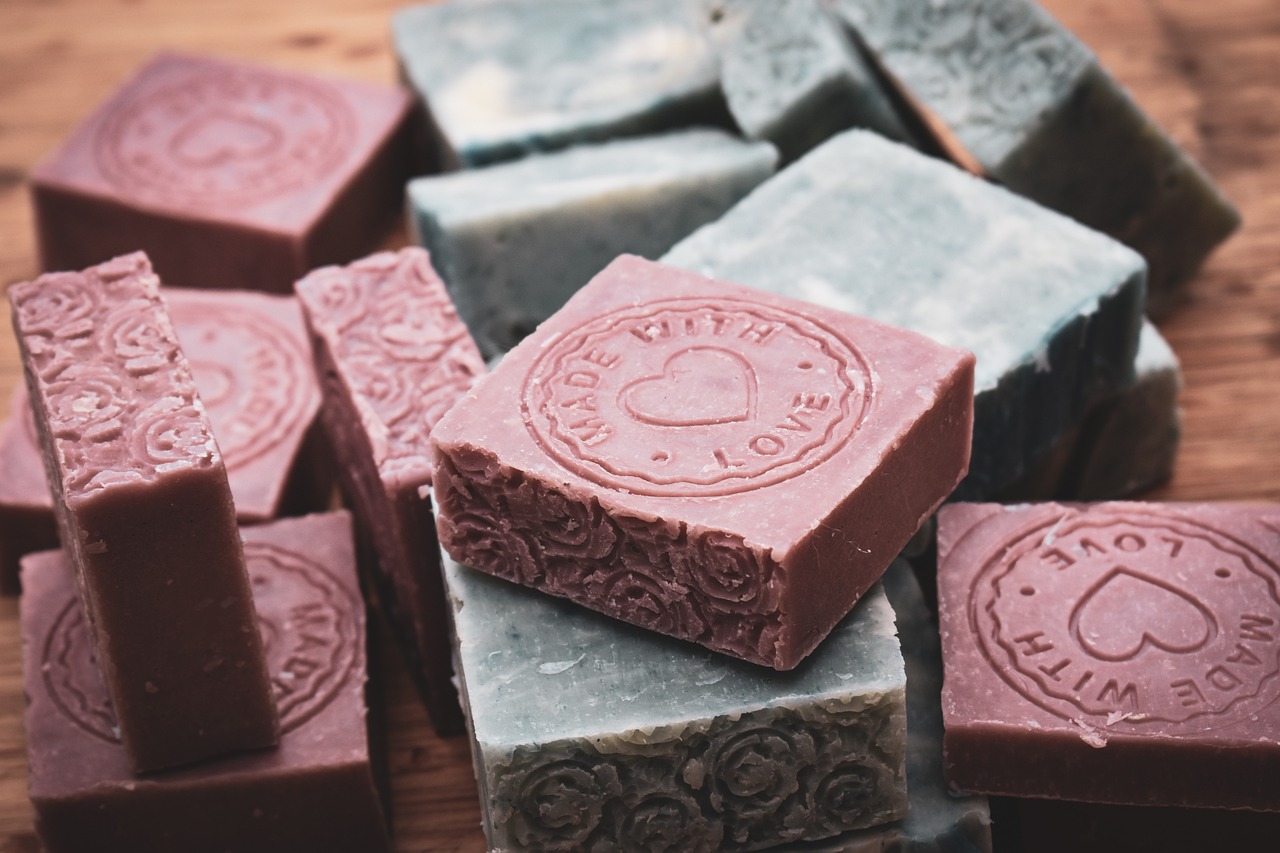Biodegradable Packaging in Beauty: The Future of Eco-Friendly Cosmetics

The beauty industry, known for its innovative and trend-setting nature, is undergoing a transformation that prioritizes sustainability, particularly through the adoption of biodegradable and compostable packaging. With global environmental concerns escalating, the shift toward eco-friendly packaging solutions has become more than just a trend—it’s a necessity. As consumers demand greener options, the beauty sector is responding by embracing biodegradable materials that significantly reduce plastic waste. This article explores the rise of biodegradable packaging, why it’s crucial for sustainability, the materials being used, and the future of eco-friendly cosmetics.
1. The Environmental Crisis of Plastic Packaging
The global beauty industry generates billions of units of packaging each year, most of which are single-use plastics. In 2023, beauty brands accounted for 120 billion units of packaging annually, with a significant portion of this ending up in landfills or polluting oceans. Plastic packaging not only takes centuries to decompose but also contributes to the emission of harmful chemicals when it breaks down. As more consumers become environmentally conscious, the need for alternatives has never been more pressing.
2. What Is Biodegradable Packaging?
Biodegradable packaging refers to materials that can naturally decompose through the action of microorganisms. These materials break down into natural elements like carbon dioxide, water, and biomass, leaving no harmful residue. This is in stark contrast to plastic, which can take anywhere from 500 to 1,000 years to fully degrade. The beauty industry is increasingly turning to biodegradable options such as plant-based plastics, recycled paper, and other organic materials to create packaging that aligns with the goals of sustainability.
3. Compostable vs. Biodegradable: What’s the Difference?
It’s important to differentiate between compostable and biodegradable packaging. While both are environmentally friendly, compostable materials are designed to break down under specific conditions (usually within a composting facility) into nutrient-rich soil. In contrast, biodegradable materials can decompose naturally over time in various environments. The beauty industry is exploring both options, as each has unique benefits depending on the product and the packaging’s lifecycle.
- Compostable Packaging: Decomposes in industrial composting facilities within 90-180 days.
- Biodegradable Packaging: Breaks down naturally but may take longer depending on conditions (temperature, moisture, etc.).
4. Why Biodegradable Packaging Is Crucial for Sustainability
The shift to biodegradable packaging is crucial for several reasons:
- Waste Reduction: Biodegradable packaging helps reduce the beauty industry’s environmental footprint by cutting down on the accumulation of non-degradable waste.
- Resource Efficiency: These materials often come from renewable resources, like cornstarch or sugarcane, which can be replenished and are less harmful to the planet than petroleum-based plastics.
- Consumer Demand: According to recent surveys, over 70% of consumers prefer to purchase from brands that prioritize sustainability. As consumer awareness grows, eco-conscious packaging becomes a vital selling point.
- Regulatory Pressure: Governments around the world are introducing stricter regulations on plastic usage. Many countries, including the EU nations, are implementing bans on single-use plastics, encouraging industries to seek biodegradable alternatives.
5. Materials Used in Biodegradable Beauty Packaging
As the demand for eco-friendly solutions grows, companies are turning to a variety of innovative materials to replace traditional plastic packaging. Some of the most promising biodegradable materials in beauty packaging include:
- Polylactic Acid (PLA): Derived from renewable resources like cornstarch and sugarcane, PLA is one of the most common materials used for biodegradable plastics. It’s lightweight and durable, making it ideal for cosmetic packaging.
- Mushroom Packaging: This material, made from agricultural waste and mycelium (the root structure of mushrooms), is fully compostable and has gained popularity for its versatility.
- Paper and Cardboard: While already a popular choice, paper and cardboard packaging are becoming more refined with new techniques that enhance their durability without compromising on eco-friendliness.
- Bamboo: Known for its rapid growth and renewable qualities, bamboo is being used as a sustainable alternative for packaging caps, containers, and makeup brushes.
- Recycled Ocean Plastics: While not biodegradable, some companies are using reclaimed plastics from oceans to create packaging. This approach addresses plastic pollution by reusing existing materials rather than creating new waste.
6. Beauty Brands Leading the Way
Several beauty brands have already made significant strides in embracing biodegradable packaging:
- Lush: Known for its “naked” packaging, Lush has committed to minimizing packaging wherever possible. When packaging is necessary, the company uses biodegradable, compostable, or recycled materials.
- Aveda: A pioneer in sustainability, Aveda has long used 100% post-consumer recycled materials for its bottles. The brand is now exploring more biodegradable options for its future product lines.
- Tata Harper: This luxury clean beauty brand uses glass and biodegradable materials for most of its packaging, reducing reliance on plastic and promoting sustainability.
- Ethique: The New Zealand-based brand has eliminated plastic packaging entirely, offering beauty bars (shampoo, conditioner, etc.) that come in compostable packaging.
7. Challenges Facing Biodegradable Packaging in Beauty
Despite the enthusiasm for biodegradable solutions, there are challenges that the beauty industry must overcome:
- Cost: Biodegradable materials can be more expensive to produce than traditional plastics, especially at scale. This cost is often passed on to consumers, potentially limiting the market for eco-friendly products.
- Durability: Biodegradable packaging must strike a balance between breaking down quickly and protecting the product for its intended shelf life.
- Lack of Infrastructure: In many regions, composting facilities are not widely available, limiting the effectiveness of compostable packaging. Without the right conditions, compostable packaging may not break down as intended.
8. The Role of Innovation and Technology
Innovation is key to overcoming these challenges. Advances in material science are making biodegradable packaging more affordable, durable, and scalable. Waterless beauty products, for instance, which eliminate the need for preservatives and excessive packaging, are gaining traction. By reducing the size and weight of packaging, brands can also reduce their carbon footprint during shipping.
The future might also see smart packaging, where biodegradable materials come embedded with sensors or technology that indicate when a product has expired, thereby reducing waste.
9. The Future of Eco-Friendly Cosmetics
The future of the beauty industry lies in sustainability. As more brands adopt biodegradable and compostable packaging, we can expect a ripple effect throughout the industry. Beauty companies are increasingly collaborating with environmental experts, material scientists, and sustainability advocates to ensure their packaging meets high eco-friendly standards without compromising product quality.
Consumer demand, regulatory shifts, and technological advancements will continue driving this transformation. In a world where 67% of beauty buyers prioritize sustainability, brands that fail to adopt greener practices may fall behind their competitors.
10. Conclusion: The Time for Change is Now
The shift toward biodegradable packaging in the beauty industry is not just a fleeting trend but a necessary evolution toward sustainability. By embracing eco-friendly materials, brands can significantly reduce their environmental impact while meeting the demands of conscious consumers. However, to make this a widespread reality, companies must continue to invest in research, scale innovation, and educate consumers about the importance of sustainable packaging choices. The future of beauty is green, and biodegradable packaging is leading the way.
As more brands adopt these practices, the beauty industry has the opportunity to set an example for other sectors, proving that luxury, efficacy, and sustainability can coexist harmoniously.






No responses yet